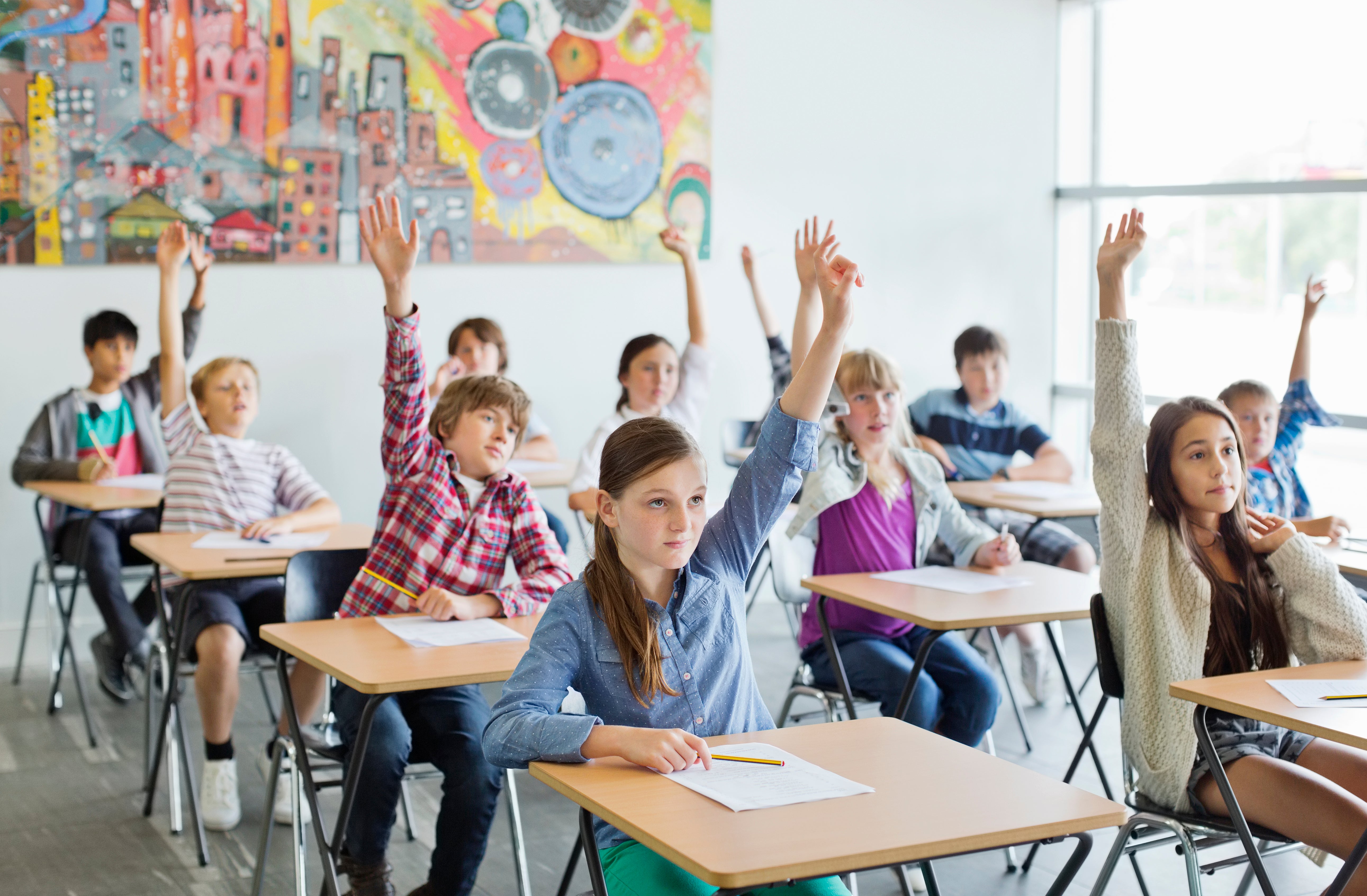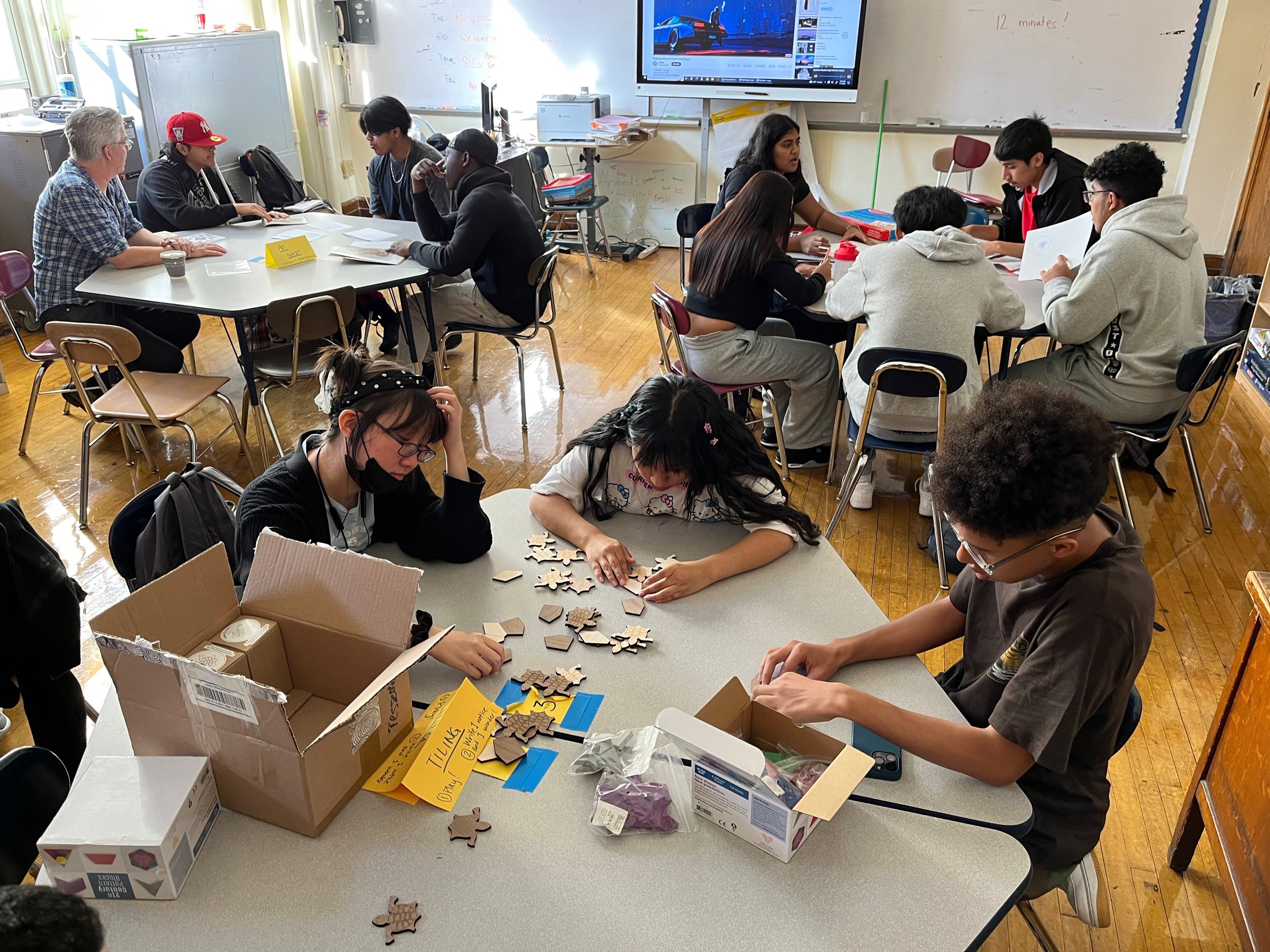The Effect of School Environments on Academic Success and Personal Well-Being
The layout of academic rooms, consisting of all-natural illumination and ergonomic furnishings, can enhance students' concentration and convenience. Just how can schools purposefully enhance these elements to much better support their trainees?
Physical Format and Design
Just how does the physical design and style of a school impact academic success? The plan and visual of an institution setting can substantially influence students' understanding outcomes. A properly designed school design advertises convenience of motion, lowers diversions, and promotes a sense of safety and security and belonging. For circumstances, vast corridors and plainly significant areas assist in smooth shifts between classes, minimizing lateness and disturbance. Additionally, strategically placed common areas urge social communications, which are crucial for social and emotional development.
Natural lighting and efficient air flow systems are essential in boosting cognitive feature and decreasing absence. Studies have actually shown that classrooms with enough all-natural light boost pupil concentration and minimize sensations of sleepiness. Ergonomic furnishings tailored to trainees' needs can prevent physical discomfort, allowing for prolonged emphasis and involvement in academic activities.
Accessibility to exterior areas and visually pleasing surroundings likewise play a crucial role - Save Temecula Schools. Environment-friendly areas and well-maintained school premises supply possibilities for workout and psychological leisure, both of which are important for keeping high degrees of scholastic efficiency. Essentially, an attentively made physical environment can function as a stimulant for academic quality, fostering an atmosphere that sustains both teaching and discovering
Class Atmosphere
An environment that fosters a feeling of safety and security, inclusivity, and common regard urges students to engage more proactively in their knowing processes. The atmosphere of a class, including facets such as illumination, sound degrees, and seating setups, can significantly influence trainee focus and inspiration.
Moreover, the class ambience must sustain a society of partnership and open interaction. They are much more most likely to engage deeply with the material and create essential thinking abilities when trainees feel comfortable expressing their ideas and asking concerns. Peer interactions and team tasks can boost discovering by supplying varied point of views and fostering team effort
Moreover, developing regular routines and clear expectations can create a structured setting that permits trainees to focus on their research studies. By minimizing unpredictability and offering a foreseeable framework, trainees can much better handle their time and obligations. Eventually, a favorable classroom atmosphere not only boosts academic performance yet likewise adds to the total well-being of students, preparing them for future academic and individual endeavors.
Teacher-Student Relationships
Building on the significance of a favorable classroom ambience, the connections between teachers and students play an essential duty fit scholastic success. A healthy teacher-student partnership promotes a discovering atmosphere where students feel valued, comprehended, and supported, which dramatically boosts their inspiration and interaction. When pupils view their instructors as compassionate and approachable, they are more likely to get involved proactively in course and look for assistance when needed, adding to a much deeper understanding of the subject.

Reliable communication is essential to nurturing these connections. Teachers who utilize open, respectful, and regular communication create a foundation of trust fund. This depend on allows trainees to share their concepts and worries freely, cultivating a joint understanding setting. Fundamentally, strong teacher-student connections are a foundation of instructional success, playing an essential duty in both academic success and individual development.
Peer Interactions
Peer communications considerably influence scholastic success by forming a student's cognitive and social development. Within the institution environment, peer partnerships work as a foundational part for discovering and individual development. Positive peer communications can improve a student's inspiration and involvement in scholastic activities via collective discovering and shared support. When trainees function together in team settings, they trade concepts, address issues jointly, and develop crucial thinking abilities. Such interactions foster a feeling of belonging and area, which is important for psychological health and scholastic perseverance.

Efficient peer communications additionally add to the development of vital life abilities, such as dispute, communication, and participation resolution. These social expertises are critical for both scholastic success and individual health, highlighting the importance of promoting favorable peer dynamics within the school setting.
After-school Activities
Participating in after-school activities plays an essential role in a student's academic success and personal advancement. These activities, ranging from sports teams to discuss clubs, supply trainees possibilities to develop important abilities such as leadership, time management, and teamwork. Study continually indicates that trainees who take part in after-school activities have a tendency to accomplish greater scholastic performance. This relationship is frequently attributed to the structured atmosphere and the self-control called for to balance both extracurricular and academic commitments.
Furthermore, extracurricular participation fosters a sense Our site of belonging and area, which is essential for individual health. Taking part in group activities permits trainees to develop and enhance social networks, enhancing their emotional and social knowledge. These communications are vital for creating social abilities that are valuable in both scholastic and future expert settings.
Additionally, extracurricular Read Full Article activities provide a constructive outlet for students to discover their rate of interests and passions past the conventional curriculum. This expedition can result in the discovery of new talents and possible career paths, better motivating trainees to engage even more deeply in their scholastic job. Finally, the role of extracurricular activities extends beyond mere leisure; they are important to fostering a holistic educational experience that advertises both academic success and individual growth.
Final Thought
Attentively designed physical designs and classrooms, along with positive teacher-student partnerships and constructive peer interactions, substantially improve student motivation and interaction. These components jointly emphasize the relevance of creating and keeping optimal college environments for the benefit of pupils' scholastic and personal growth.
Eventually, a positive classroom atmosphere not just improves scholastic efficiency yet also contributes to the overall wellness of pupils, preparing them for future educational and individual endeavors.
